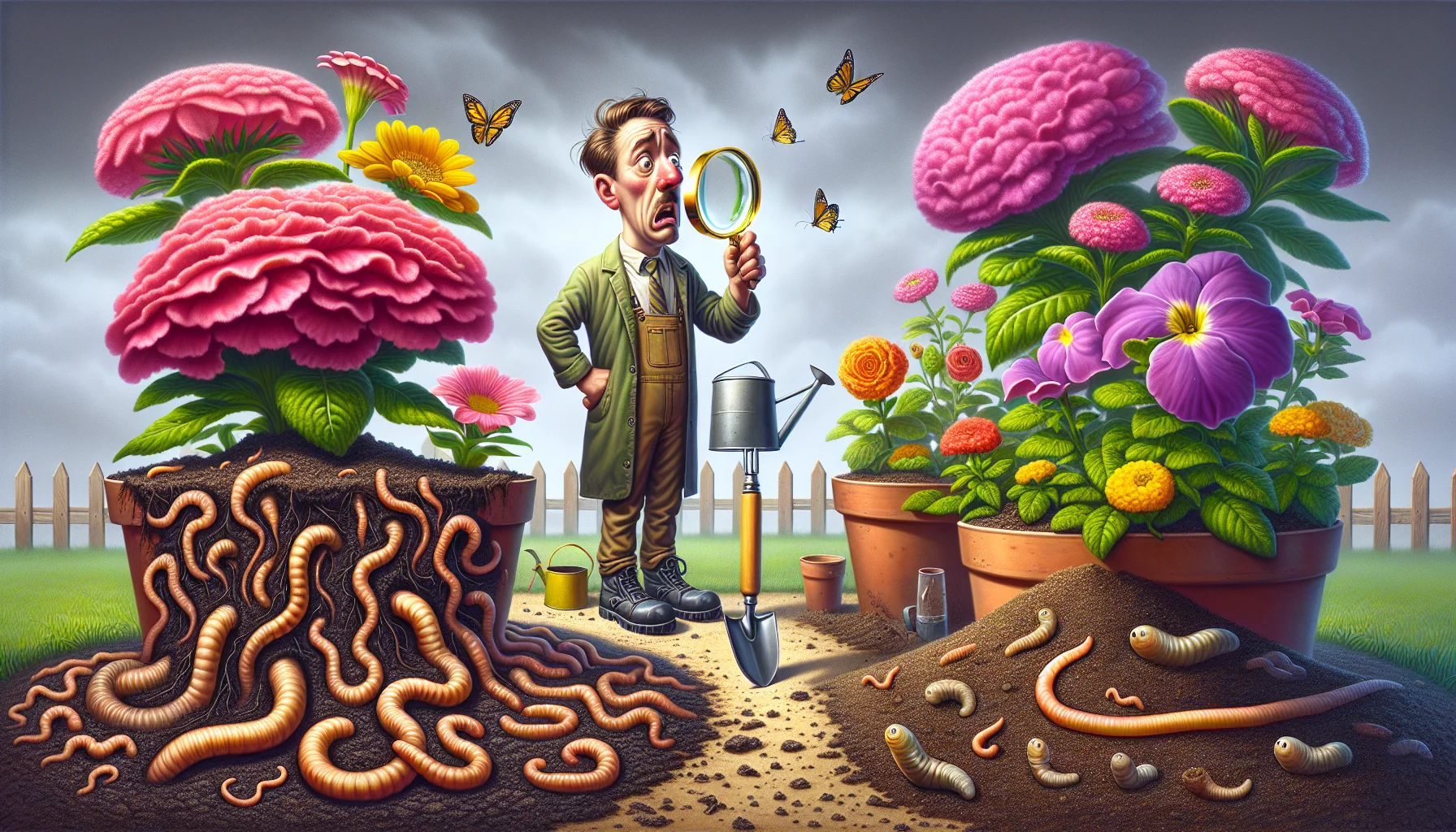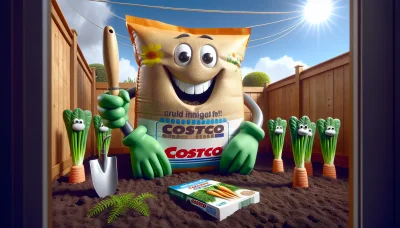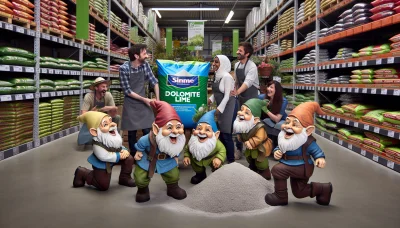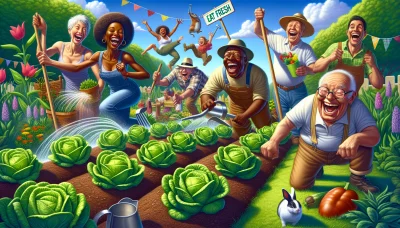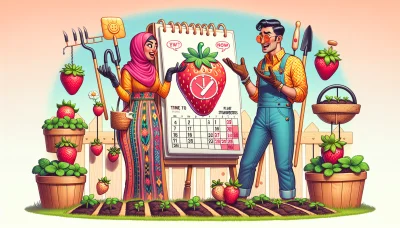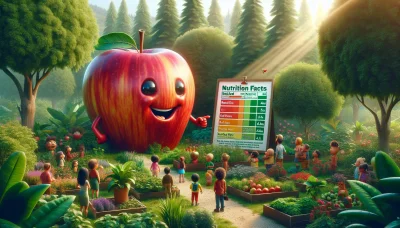Garden soil vs topsoil Quiz
Test Your Knowledge
Question of
Garden Soil vs Topsoil: Understanding the Difference
Choosing the right type of soil is a critical decision for any gardener, as it can significantly impact the health and growth of plants. Garden soil and topsoil, while often used interchangeably, have distinct characteristics and uses. Understanding the differences between these two types of soil is essential for creating a thriving garden. The right soil ensures that your plants receive adequate nutrients, have proper drainage, and are set in an environment conducive to growth. Making an informed decision between garden soil and topsoil can lead to a more successful and rewarding gardening experience.
What is Garden Soil?
Garden soil is a blend of natural soil and organic matter that provides a nutrient-rich environment for plants to grow. It typically consists of a mix of topsoil, compost, and other organic materials such as peat moss or manure, which help improve soil structure, moisture retention, and aeration. The benefits of using garden soil in gardening are numerous. It enriches the soil with essential nutrients needed for plant growth, improves drainage, helps in root development, and supports beneficial microbial activity. Garden soil is commonly used for creating vegetable gardens, flower beds, and for enhancing the soil in raised beds or landscaping projects. Its composition and benefits make it a fundamental element for successful gardening and achieving a healthy, vibrant garden.
What is Topsoil?
Topsoil is the uppermost layer of soil, which is rich in organic matter and nutrients, making it extremely fertile and ideal for growing plants. This layer typically contains a mixture of sand, silt, clay, and decomposed plant material, which together create a loose, workable structure that retains moisture yet drains well. In landscaping and gardening, topsoil is essential for creating healthy garden beds and lawns. It is often spread over the existing soil to improve plant growth, support root development, and enhance the soil's water retention and drainage capabilities. Whether for planting new beds, top-dressing lawns, or filling raised garden beds, topsoil is a key component in creating vibrant and sustainable outdoor spaces.
Key Differences Between Garden Soil and Topsoil
- Nutrient Content: Garden soil is typically enriched with organic matter and nutrients, making it better suited for supporting plant growth. Topsoil, however, may not be as rich in nutrients since it is the uppermost layer of the earth's surface.
- Texture: The texture of garden soil is usually more consistent because it is often formulated and mixed to provide an ideal growing environment for plants. Topsoil's texture can vary greatly depending on its source, ranging from sandy to clayey.
- Best Use Cases: Garden soil is best used for raised beds and garden plots where the goal is to provide a nutrient-rich environment for plants. Topsoil is more suited for leveling and improving the top layer of an existing soil base, such as in lawns or as a foundation for new garden beds.
- Composition: Garden soil often contains a mix of soil, compost, and other organic materials to enhance its fertility. Topsoil is primarily composed of the existing soil in a particular area, which may or may not have been amended with organic matter.
- Intended Use: Manufacturers typically design garden soil for specific types of plants or conditions, such as vegetable gardens or flower beds. Topsoil is more generic and intended for a broad range of uses, without specific nutrient adjustments.
How to Choose the Right Soil for Your Garden
Choosing the right soil for your garden is a critical decision that can significantly impact the health and growth of your plants. When selecting soil, there are several key factors to consider. First, think about the type of plants you are planning to grow. Different plants have unique nutrient and pH requirements. For instance, some flowers thrive in acidic soil, while vegetables may prefer a more neutral pH. Next, consider the location of your garden. The natural soil composition and climate of your area can influence which type of soil amendment you might need. Additionally, assess the specific needs of your garden, such as drainage capabilities or the need for organic matter to improve fertility. By taking into account these considerations, you can select a soil that provides the best environment for your gardening projects to flourish.
Improving Your Soil for Better Gardening Results
| Method | Amendment | Benefits |
|---|---|---|
| Composting | Compost | Improves soil structure, adds essential nutrients, enhances moisture retention |
| Manure Addition | Manure | Rich in nutrients, improves soil fertility and structure |
| pH Adjustment | pH Adjusters (Lime for acidic soil, Sulfur for alkaline soil) | Corrects soil pH, improves nutrient availability and uptake by plants |
